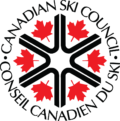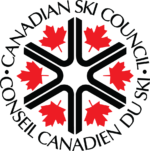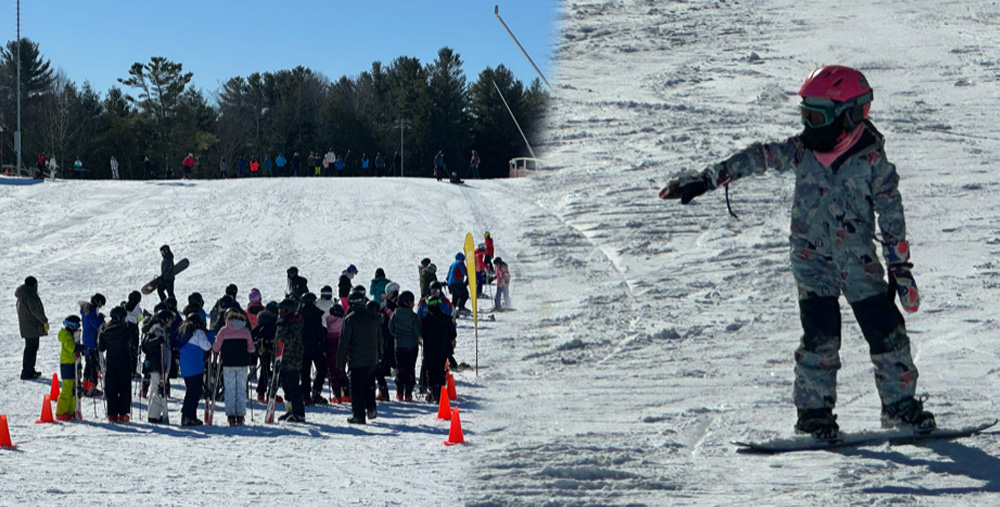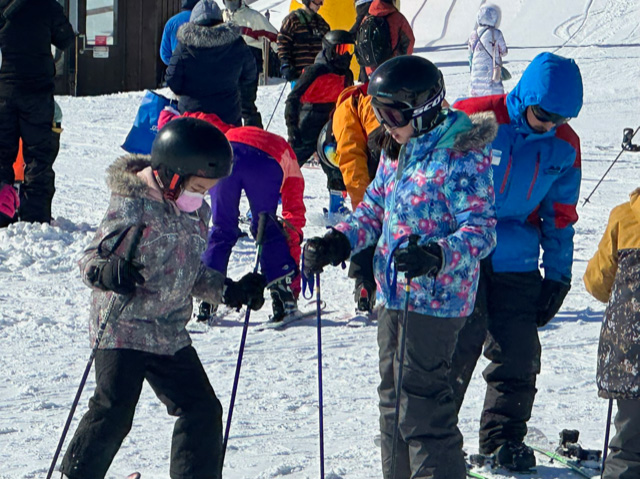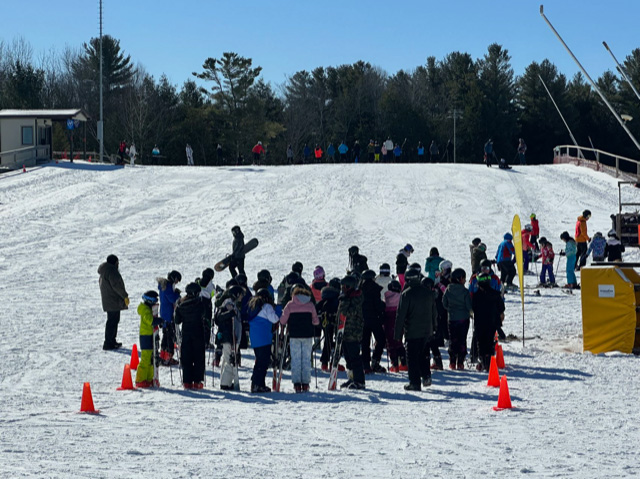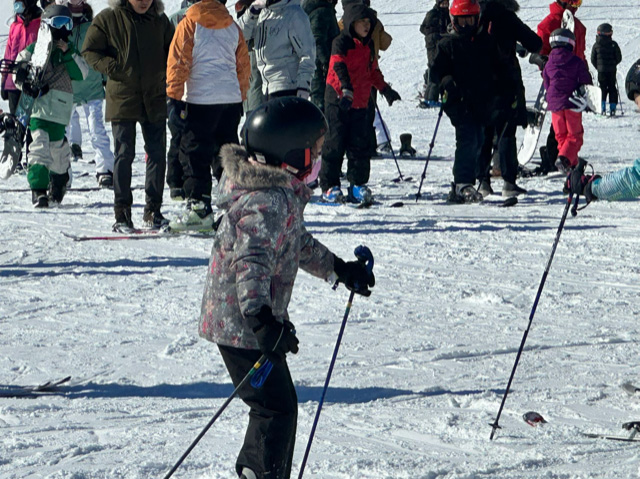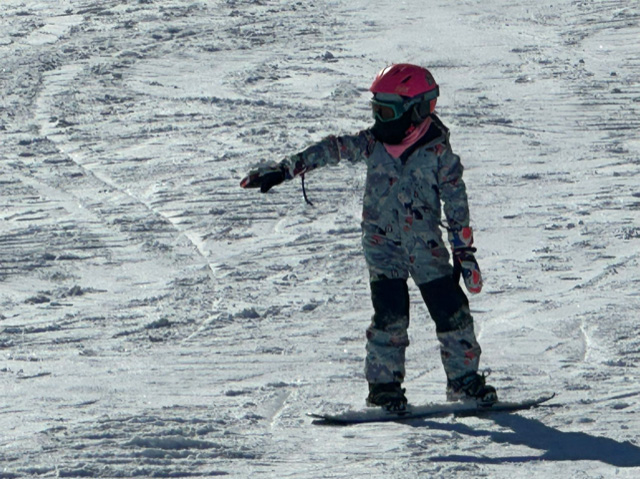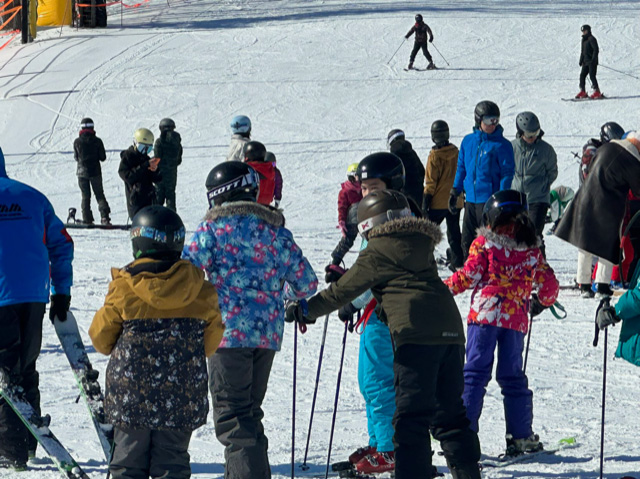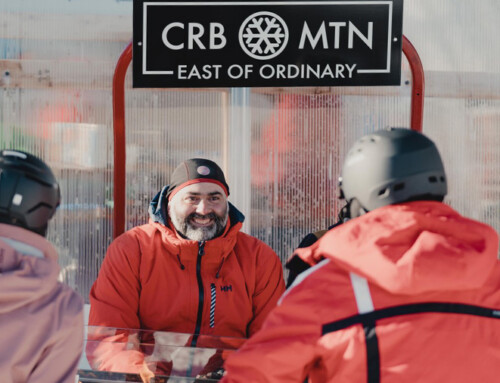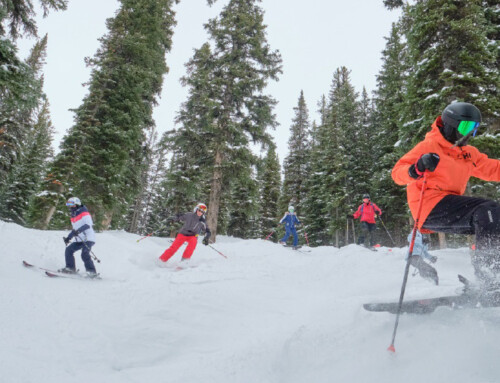Elisa Li should be a go-to resource for ski areas trying to attract new Canadians to their slopes.
She’s a new Canadian who runs Helloyoyo, an online club serving the Greater Toronto-area Chinese community. The nearly 12,000-member organization’s main purpose is to help as many newcomer families adapt to and enjoy the Canadian lifestyle – including snow sports.
Many in her community are keen to visit ski areas but lack basic knowledge, such as the difference between skiing and snowboarding, the cost of lift tickets and equipment required to get involved. These are among a handful of hurdles and concerns Chinese Canadians have when entering the sport, and Li’s happy to share some queries newcomers have that may seem rudimentary to those who grew up surrounded by snow.
“A few questions asked by many from my group are things as simple as do we need to pay admission to the ski resort? What’s the difference between skiing and snowboarding? Do we need to bring tires to go snowtubing? These questions might seem like common knowledge to native Canadians but to those coming from warmer climates they are some of the first things they ask.”
A major barrier for this group is language and unfamiliar terminology. They also feel their questions may be viewed as “silly” – one of the main barriers to them trying something new.
Li says ski areas are doing some things well for new Canadians but notes that there is plenty more to be done.
“The Canadian Ski Council’s Never Ever Days programs is very helpful, and the beginner package offered by them for the public is well priced. What we found however is that it’s not necessarily promoted towards our community.”
When Li personally entered the sport, her initial impression was that skiing and snowboarding are high-end activities that are very expensive and confusing and as a result out of reach for many in the Chinese community. So, what can be done to rectify these and other issues?
Li suggests hills have counters aimed specifically at new Canadians new to snow sports, staffed by a language specialist or communication officer who could speak directly to emerging ethnic guests. “This would be a huge step forward. They should be prepared to answer the most basic questions with patience,” she says.
And to ensure this group returns as repeat visitors after skiing or snowboarding for the first time, Li urges ski areas to follow up – in the skiers and snowboarders’ native language – with information on where to buy affordable equipment, how to continue their journey on snow and how to book lessons to improve their ability on the hills.
Li is confident that ski areas that heed her advice will see hundreds, if not thousands, of Chinese Canadians and other newcomers visit their slopes in coming winters.
